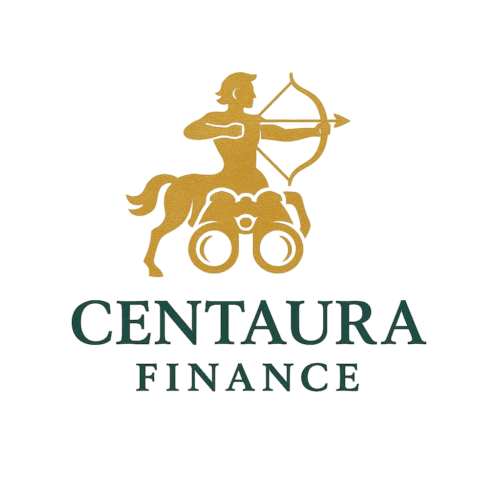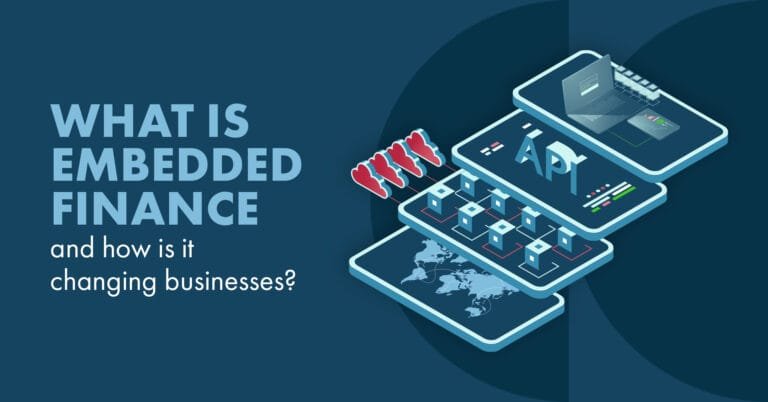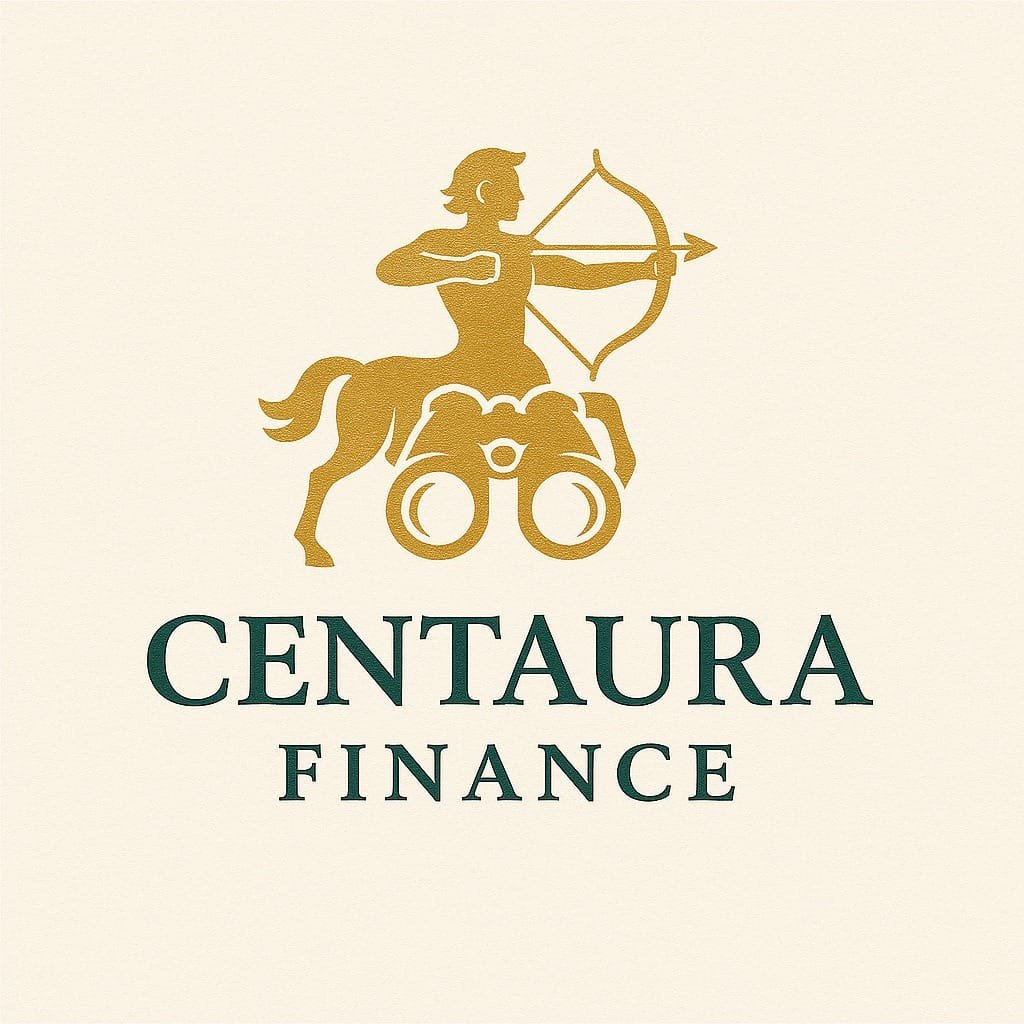You order takeout from your favorite food app, and at checkout, it offers you credit. Or you’re booking a ride, and suddenly you’re getting cashback through their in-app wallet.
You didn’t walk into a bank. You didn’t even think about money tools—but there they were, right where you needed them.
This is the rise of embedded finance—and it’s transforming how we interact with money.
The rise of embedded finance is quietly changing the world around you. Financial services are no longer tied to brick-and-mortar banks or standalone apps. They’re showing up directly inside the platforms and digital services we use daily.
In this article, we’ll explore what embedded finance means for you, how it works, and why it’s reshaping both consumer experiences and business models.
What Is Embedded Finance?
Embedded finance refers to the integration of financial services—like payments, lending, insurance, or investment—directly into non-financial platforms.
Think Uber offering instant driver payouts or Shopify merchants using in-platform business loans.
With embedded finance, you no longer have to leave the platform you’re on to perform a financial action. Instead, the financial function is built into the user journey—frictionless, fast, and in context.
It’s powered by APIs, banking-as-a-service (BaaS) tools, and fintech platforms, allowing brands to become mini-banks without building a bank from scratch.
Why the Rise of Embedded Finance Matters
At first glance, embedded finance sounds technical or niche. But here’s the truth: it matters to you because it changes your daily financial experience.
Whether you’re a gig worker getting paid instantly, a shopper using Buy Now, Pay Later (BNPL) at checkout, or a small business accessing fast capital, all of it is embedded finance at work.
For everyday consumers, it means:
Faster, more flexible payment options
Easier access to credit and loans
More inclusive financial tools
Greater convenience in day-to-day life
And for businesses?
New revenue streams
Deeper customer loyalty
Better user experiences
Embedded Finance Examples in Real Life
Here are some everyday examples you’ve likely experienced without realizing they’re part of the embedded financial ecosystem:
Uber’s Instant Payouts
Drivers can cash out earnings instantly via Uber’s in-app banking feature.Amazon’s Buy Now, Pay Later
BNPL options through providers like Affirm or Klarna are embedded directly at checkout.Shopify Capital
Merchants on Shopify can receive funding directly within their store dashboard, with repayments tied to sales.Apple Card and Apple Pay
Apple combines mobile payments, a credit card, and spending insights—all inside your iPhone.Starbucks App Wallet
Reload your wallet, earn rewards, and pay—all within one seamless app.
These aren’t fintech apps. These are lifestyle apps enhanced by embedded financial services.
Key Types of Embedded Financial Services
Let’s break it down further. Here are the main types of embedded financial solutions reshaping experiences:
1. Embedded Payments
Seamless checkouts (like Google Pay or Apple Pay)
In-app wallets (like Starbucks or ride-share credits)
2. Embedded Lending
BNPL (Buy Now, Pay Later)
Instant working capital for businesses
3. Embedded Insurance
Auto insurance during car rentals
Trip cancellation coverage in booking apps
4. Embedded Banking
Digital wallets with FDIC-insured accounts
Debit or credit cards tied to platforms (e.g., Cash App Card)
5. Embedded Investing
Platforms offering micro-investing or retirement tools (e.g., Acorns, Stash within lifestyle apps)
How Does Embedded Finance Work Behind the Scenes?
Embedded finance is made possible through partnerships between non-financial companies and fintech infrastructure providers. These providers offer ready-to-integrate financial tools through APIs (Application Programming Interfaces).
For example:
A food delivery app partners with a BaaS provider to add in-app tipping and driver payouts.
An e-commerce store uses a BNPL provider to split payments for customers.
Companies like Stripe, Plaid, Marqeta, Synapse, and Unit power this new ecosystem.
Benefits of Embedded Finance for Consumers
1. Frictionless Experiences
No app-hopping or clunky transfers. Everything happens in one place.
2. Speed and Convenience
Instant transactions, fast payouts, and real-time account views make money feel more accessible.
3. More Financial Access
Consumers with limited credit histories may qualify for embedded lending, where they’d be denied by traditional banks.
4. Personalized Financial Products
AI and data enable platforms to tailor offers like credit or insurance based on user behavior.
Why Businesses Are Racing to Embed Finance
For platforms, embedded finance is more than convenience—it’s a revenue revolution.
Increased Engagement – Finance tools increase daily user interactions.
Customer Stickiness – Wallets and credit tie customers into ecosystems.
New Income Streams – Fees from financial services can outpace product margins.
Competitive Edge – Offering embedded finance sets a brand apart.
From startups to legacy retailers, brands now want to own more of the financial journey.
Is Embedded Finance Safe?
Security is critical, and most embedded financial tools use the same encryption, compliance, and fraud protection as banks.
Many embedded offerings are also FDIC-insured through their banking partners. However, consumers should still:
Read privacy policies
Check if deposits are insured
Understand terms on lending tools like BNPL
In general, embedded finance is as safe as the infrastructure provider behind it.
The Future of Embedded Finance: What’s Next?
The rise of embedded finance is just beginning. In the coming years, we’ll likely see:
Healthcare apps offering embedded insurance or HSA tools
Gig platforms offering full banking and retirement products
Smart appliances initiate payments or service renewals automatically
Hyper-personalized financial tools powered by AI and behavioral data
We’re heading toward a world where banking disappears into daily life, and the user doesn’t even realize they’re banking.
What Embedded Finance Means for You
This evolution isn’t just about convenience—it’s about financial empowerment.
For many, traditional banking feels intimidating or slow. Embedded finance flips that script:
You feel more in control of your finances
You get faster help when you need money
You manage money on your terms, in your apps
Whether you’re a single parent budgeting for groceries or a side hustler managing payouts, these embedded tools meet you where you are.
That’s financial inclusion in real time.
Summary
Embedded finance is the integration of banking, lending, payments, or insurance directly into non-financial platforms.
It offers convenience, speed, personalization, and greater access to financial tools.
Examples include BNPL at checkout, in-app banking, and auto insurance in booking apps.
Powered by fintech APIs and BaaS providers, it benefits both consumers and businesses.
The future promises even more seamless, invisible, and intelligent financial experiences.
Final Thoughts: You’re Already in the Future
The rise of embedded finance means that banking is no longer a destination—it’s an experience woven into your life.
Every time you use a digital wallet, get instant pay, or finance something at checkout—you’re participating in this financial evolution.
As this trend grows:
Consumers will gain more control
Businesses will build better journeys
Money will feel less like a chore and more like a tool that moves as fast as life does
So the next time an app helps you save, pay, or borrow without skipping a beat—remember: this is what the rise of embedded finance looks like.
And it’s just getting started.


